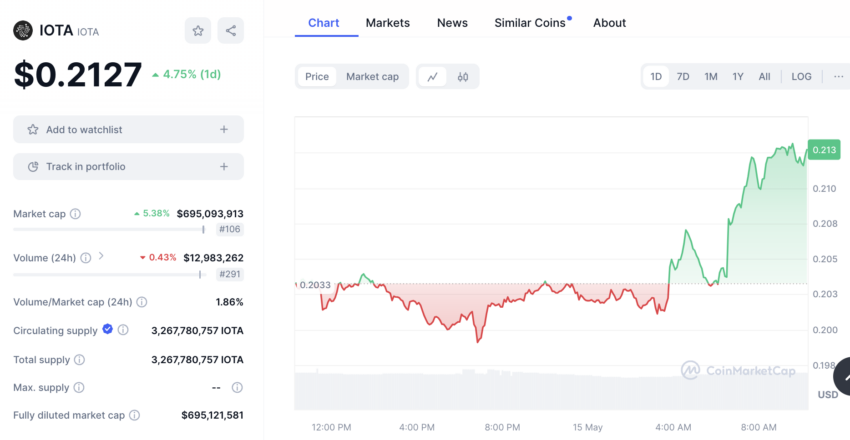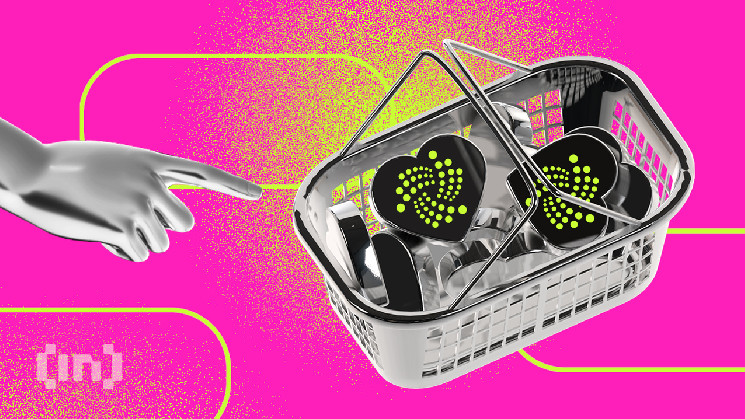Internet of Things blockchain ecosystem IOTA announced the launch of its “IOTA 2.0” testnet, which will improve the scalability and security of its ecosystem.
IOTA’s new public testnet promises to be environmentally friendly by reducing its environmental impact and energy consumption. In doing so, it aims to attract companies focused on “green solutions.”
IOTA Launches New Testnet “IOTA 2.0”
IOTA announced that “IOTA 2” will enable the migration from Proof of Work (PoW) to a decentralized Proof of Stake (PoS), which will result in increased network scalability and efficiency.
The new testnet eliminated the central entity that previously managed consensus in the network and will now seek to combat the influence of “centralized figures” in the network. IOTA even promises to explore new concepts of efficiency and “genuine decentralization.”
“The new consensus mechanism is designed to improve the security of the network, making it more resistant to attacks and failures. This is crucial to gaining trust and expanding adoption in sectors such as finance, healthcare, and smart cities, where security is paramount,” IOTA said in a statement.
Following the announcement, IOTA’s native token had a mini rally, going from $0.21 to $0.23, a rise of more than 5%. However, the token has traded with a weekly loss of 3.81% and a monthly loss of 4.95%.

IOTA clarifies that its new restnet is a testbed for developers with no real-world value. Not only that, it clarifies that the 2.0 network could be subject to occasional reboots but with a “grace period”.
On social media, developers said the new IOTA testnet marks a milestone because it represents new opportunities for the decentralized finance ecosystem. Others said it has the potential to challenge Ethereum and achieve a market capitalization of $1 billion.
Some developers even commented that IOTA would come very close to solving the blockchain trilemma of scalability, decentralization, and security. Others predicted greater efficiency from the new testnet, as “you don’t do block after block after block.”
 beincrypto.com
beincrypto.com
